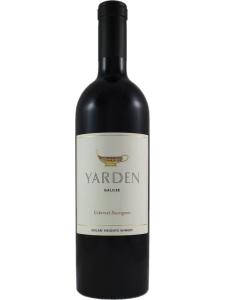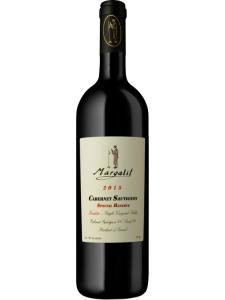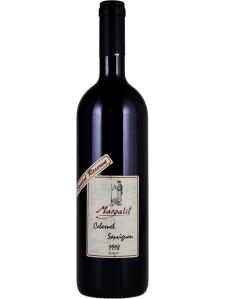-
中文名:加利利
-
英文名:Galilee
-
位置:
-
葡萄园面积:公顷
-
葡萄酒特点:
-
产区产量:
-
土壤:
Galilee is an administrative and wine region in northern Israel. Its name is perhaps most widely recognized in the context of Lake Galilee, via its associations with the Bible, but it is now steadily becoming known as a wine region. 'Water into wine' is not a new theme for the Galilee region; the story of the wedding at Cana, in which Jesus turns water into wine, is widely thought to have its origins here.
View of Lake Galilee
© Wikimedia/Benutzer:Datafox
The Galilee region is (unofficially) subdivided into Upper Galilee, Lower Galilee and the Golan Heights, with the latter confidently emerging as one the most interesting New World regions of the Old World. Lower Galilee is by far the smallest in terms of area under vine, with just a small viticultural district around Mount Tabor, the iron-rich terra rossa soil of which bears more than a passing resemblance to that of Coonawarra. The vineyards of Upper Galilee and the Golan Heights are considerably more widespread, scattered over almost every part of Israel's north-eastern corner. Thus the soil profiles vary considerably, offering greater choice to contemporary vignerons seeking out their preferred terroirs. Among the soil types in Upper Galilee and the Golan Heights are free-draining gravels such as those found in Graves; limestone, as per the finest terroirs of the Loire Valley and Burgundy; and mineral-rich volcanic basalt, which brings unmistakable richness to such wines as Vesuvio, Etna and Rangen.
The landscape throughout Galilee is characterized by rocky elevations of well over 1500ft (450m), with the topography peaking at Mount Meron (4000ft/1210m) in the far north, near the border with Lebanon. The cool elevations and relatively high rainfall in this area (for what is essentially a semi-desert region) mean that wines made here are atypically fresh and vibrant. Very few wine regions at 33 degrees latitude are capable of producing wine of this quality – those that do are, like Galilee, reliant on high altitude to compensate for their low latitude.
The grape varieties most often used here are of French origin; the Gallic influence is noticeable, but decidedly less overt than it is in neighboring Lebanon. Red wines have traditionally been based on such southern French classics as Carignan, Mourvedre, Grenache and Alicante Bouschet (a deep-hued, Grenache-based crossing) but are almost inevitably moving towards more commercially attractive options including Cabernet Sauvignon, Merlot and Syrah. The whites have followed a similar trajectory, with Semillon, Chenin Blanc and Muscat of Alexandria (the longer-established varieties here) being supplanted by Sauvignon Blanc and Chardonnay. The latter is most often used in dry, oaked wines, but also finds its way into Israel's sparkling wines, in which it is usually blended with Pinot Noir.
Israel's three largest wineries (Carmel, Barkan and Golan Heights) each have significant holdings in the Galilee region, and each recognizes Upper Galilee and the Golan Heights as Israel's finest wine regions. Carmel and Barkan also own sites in each of Israel's other viticultural areas: Negev, Samson, Shomron and the Judean Hills.





